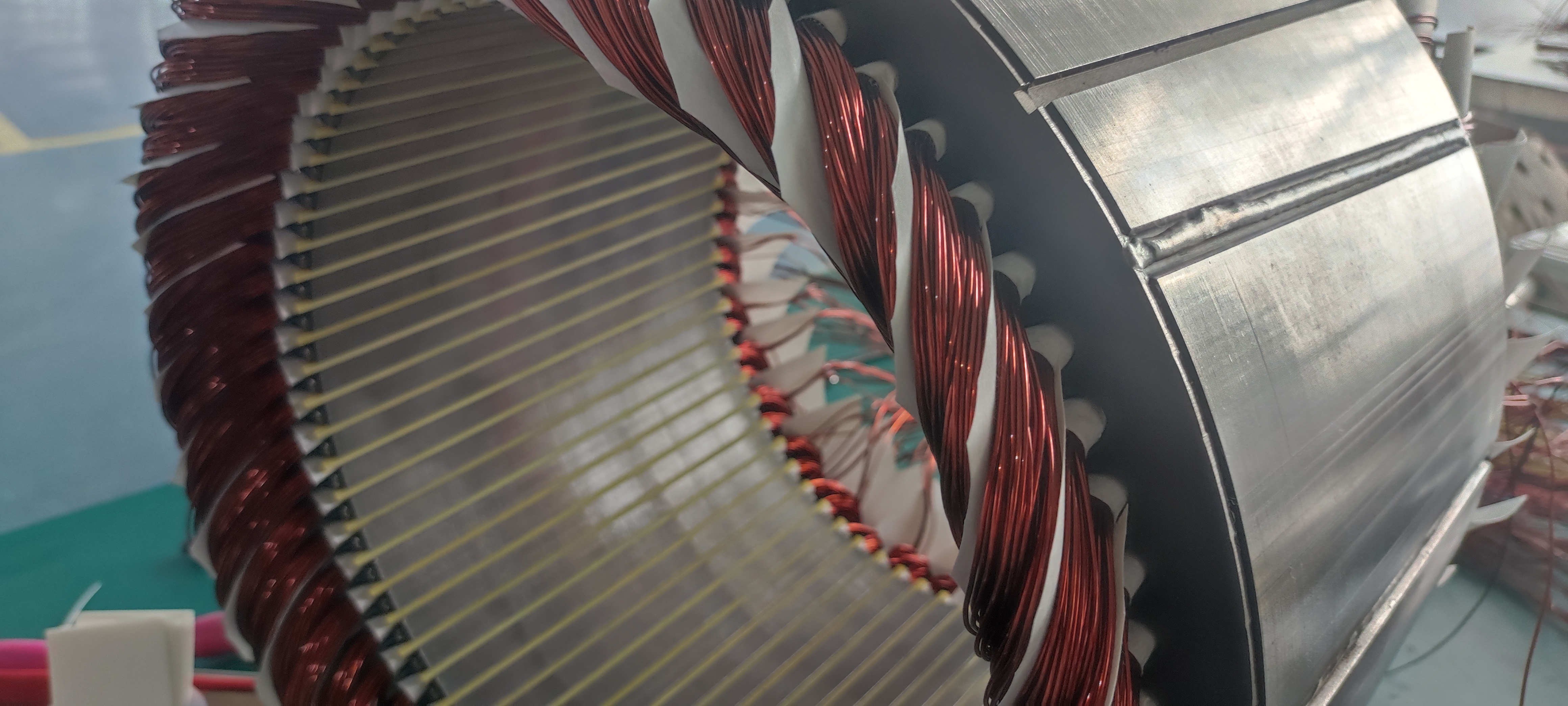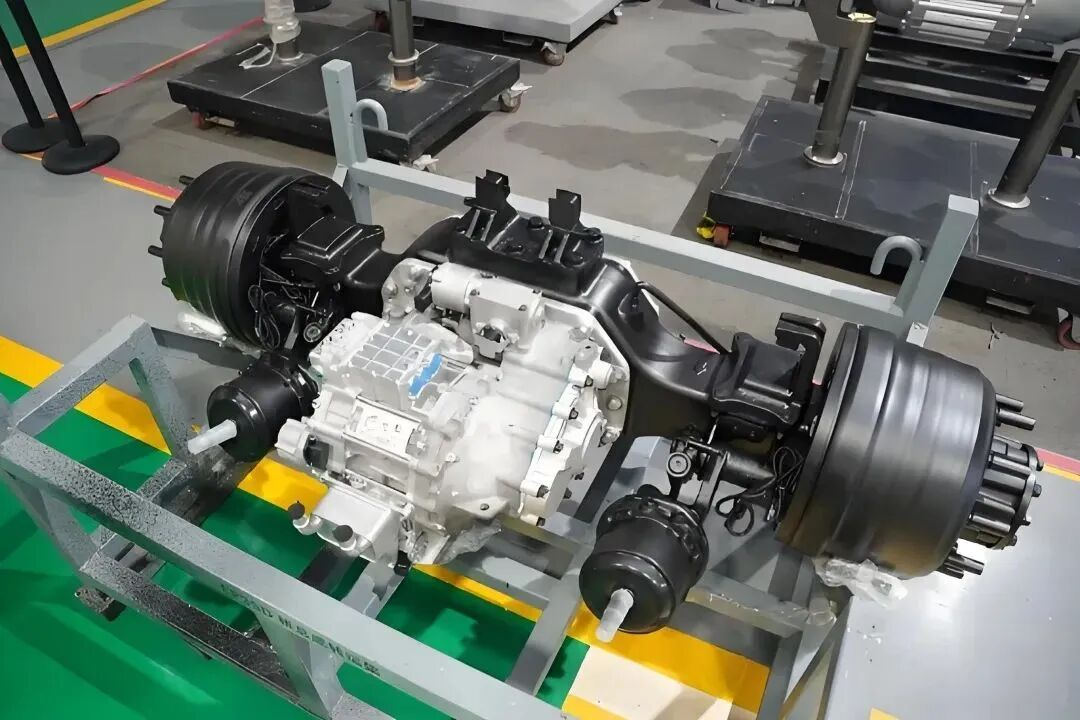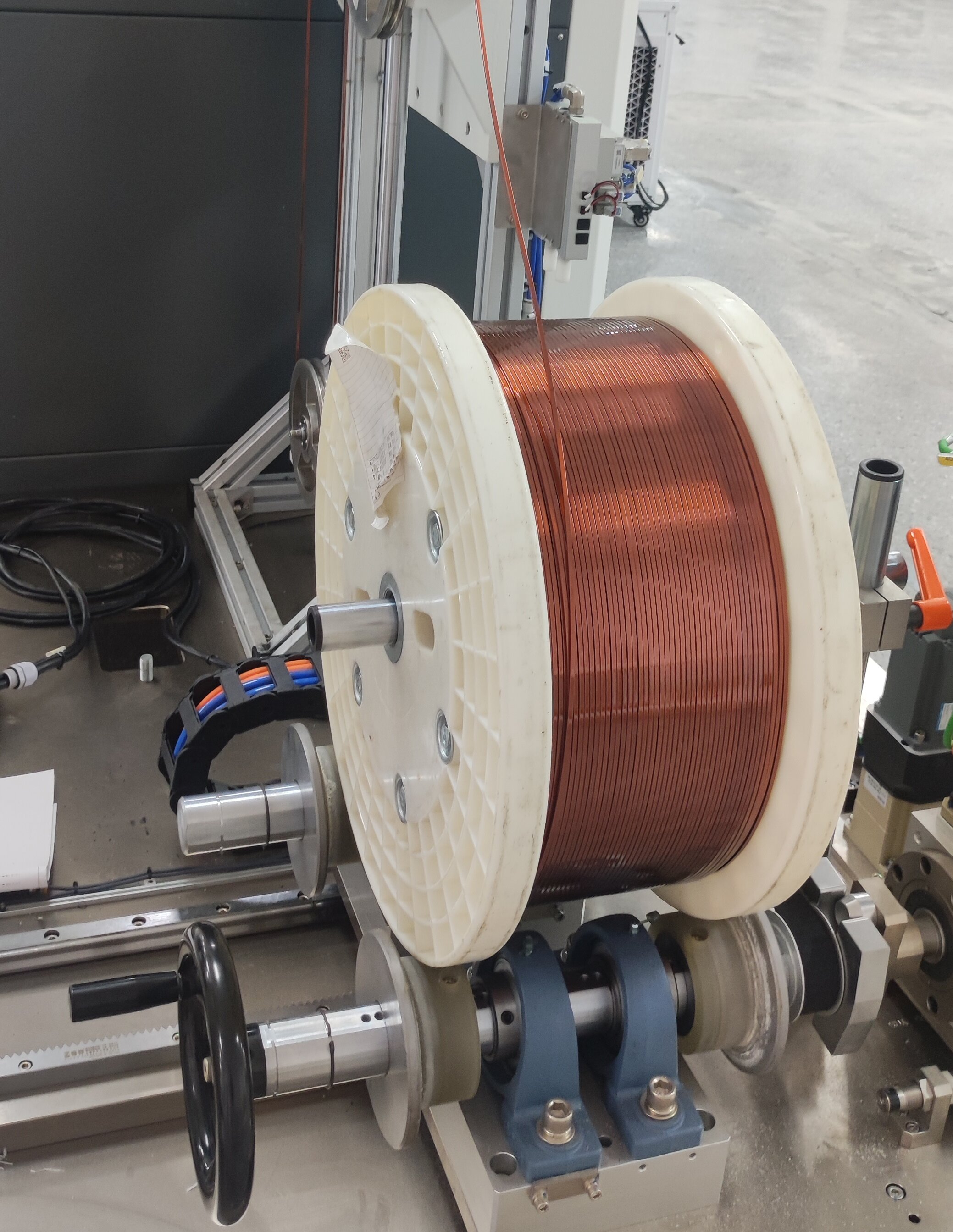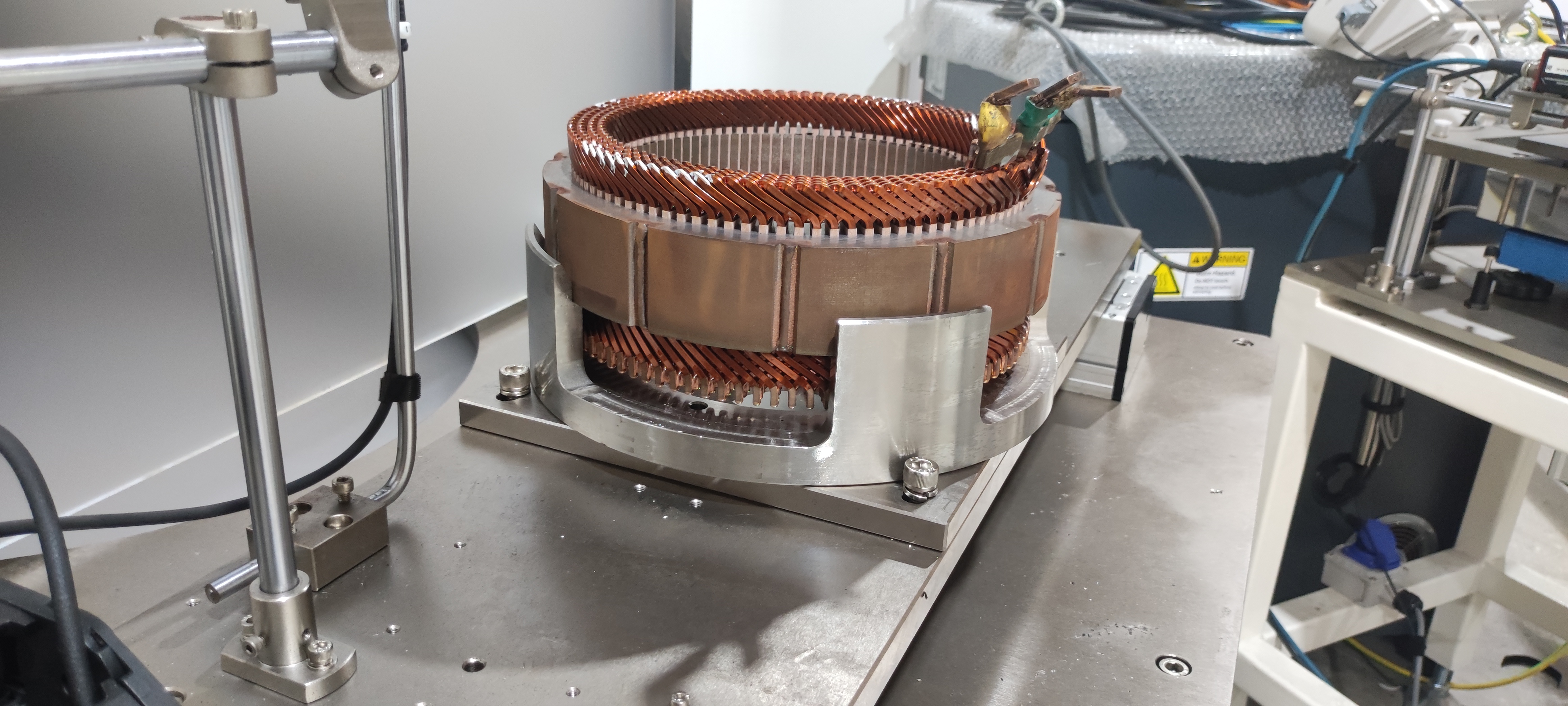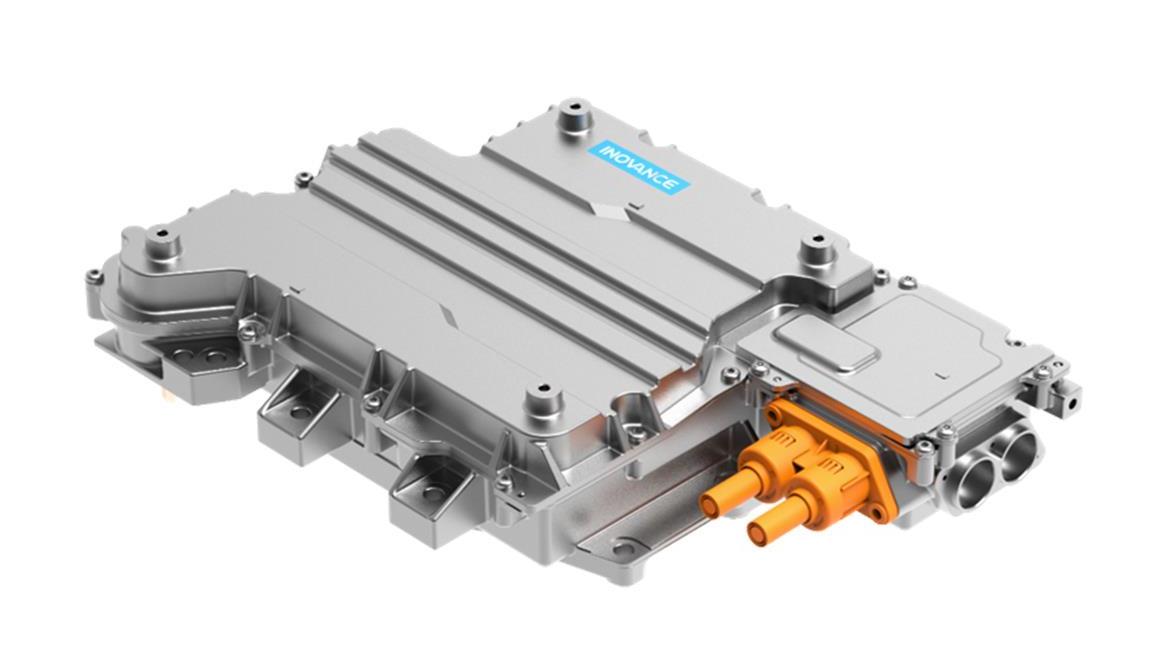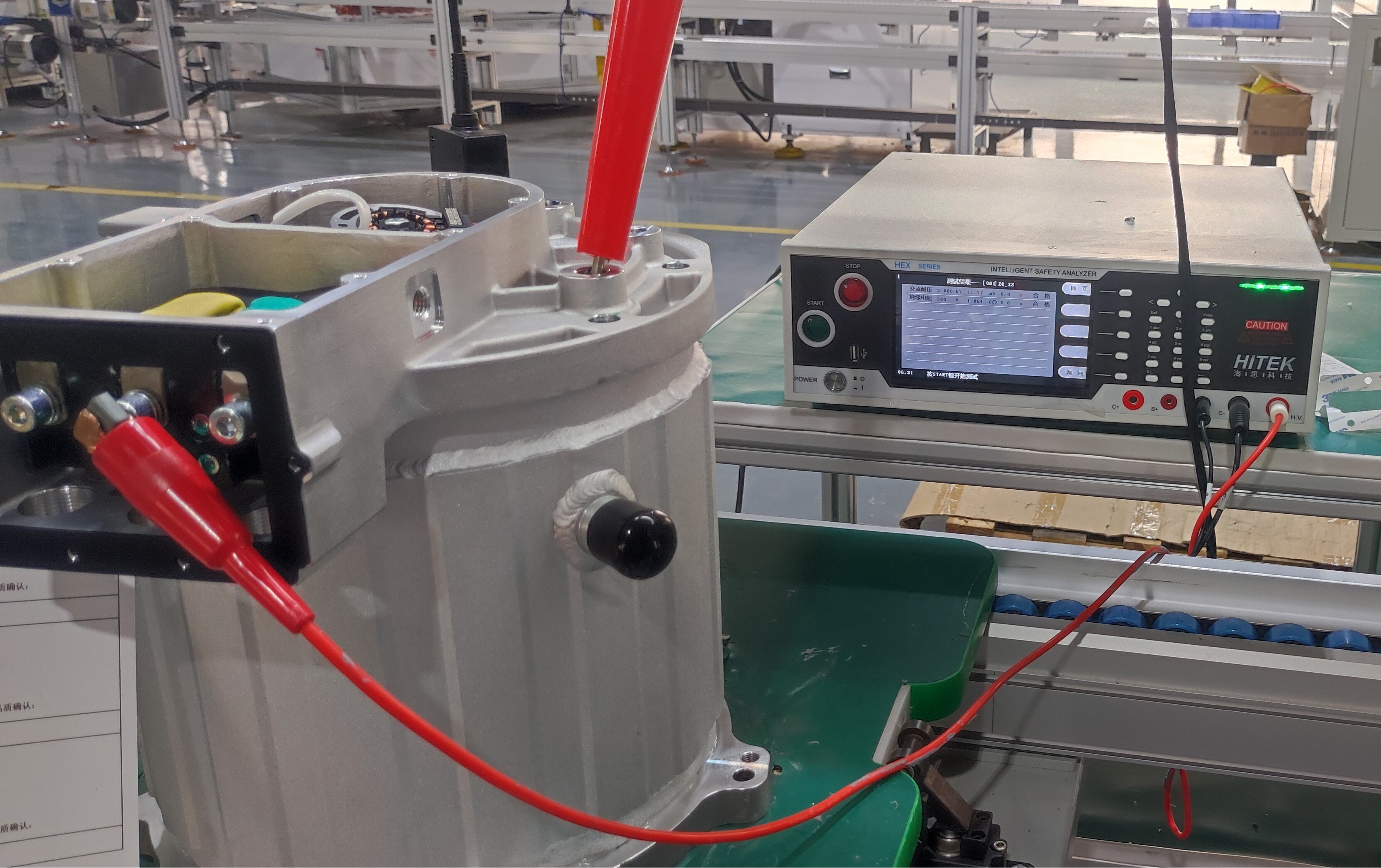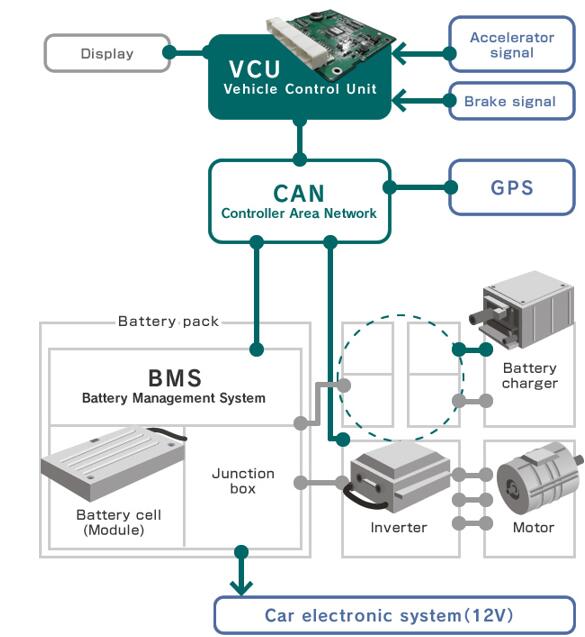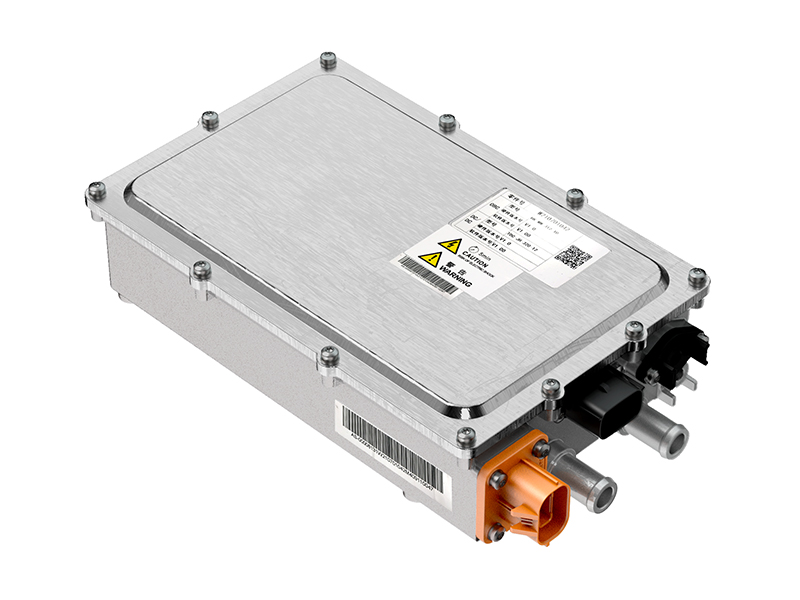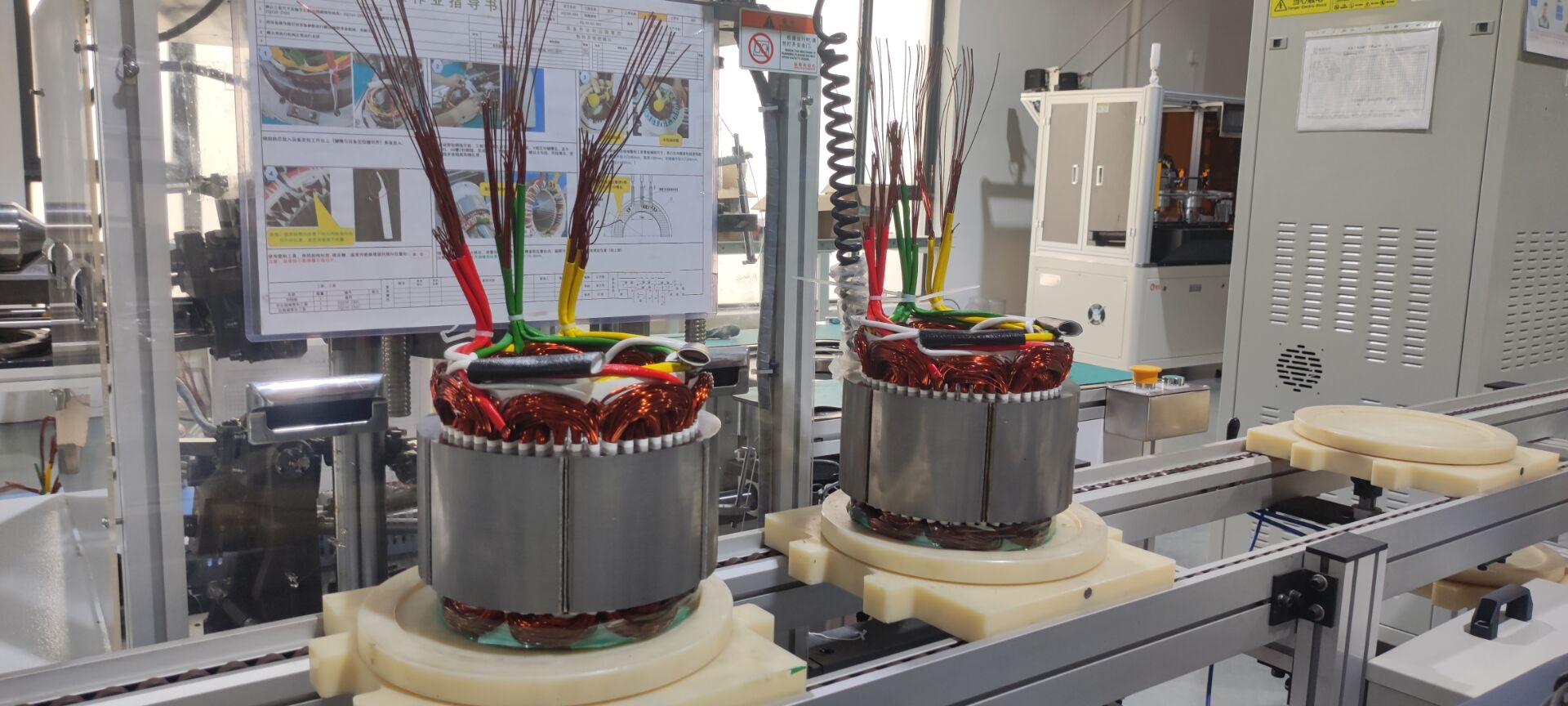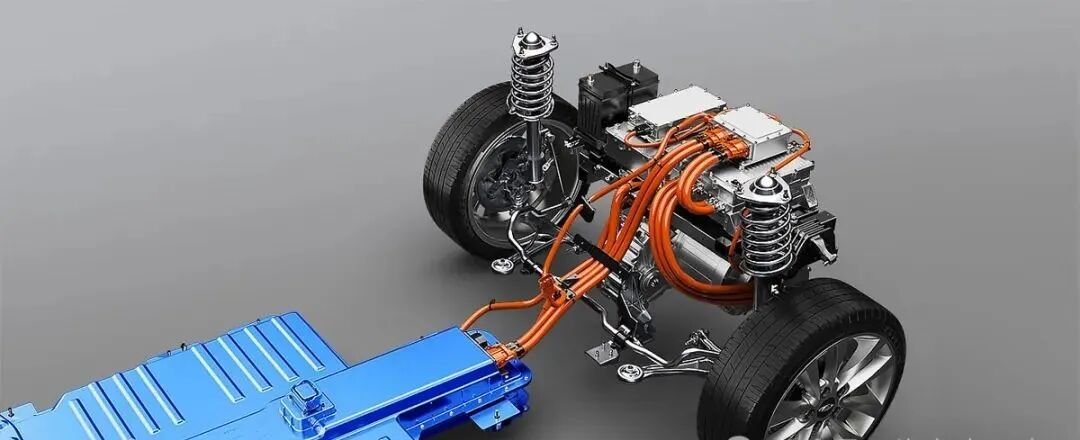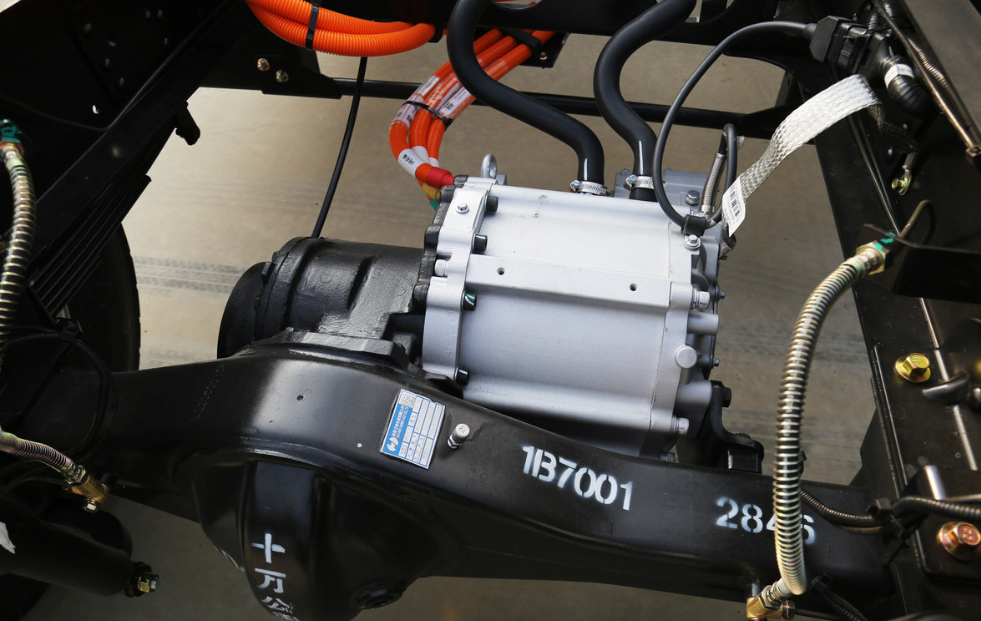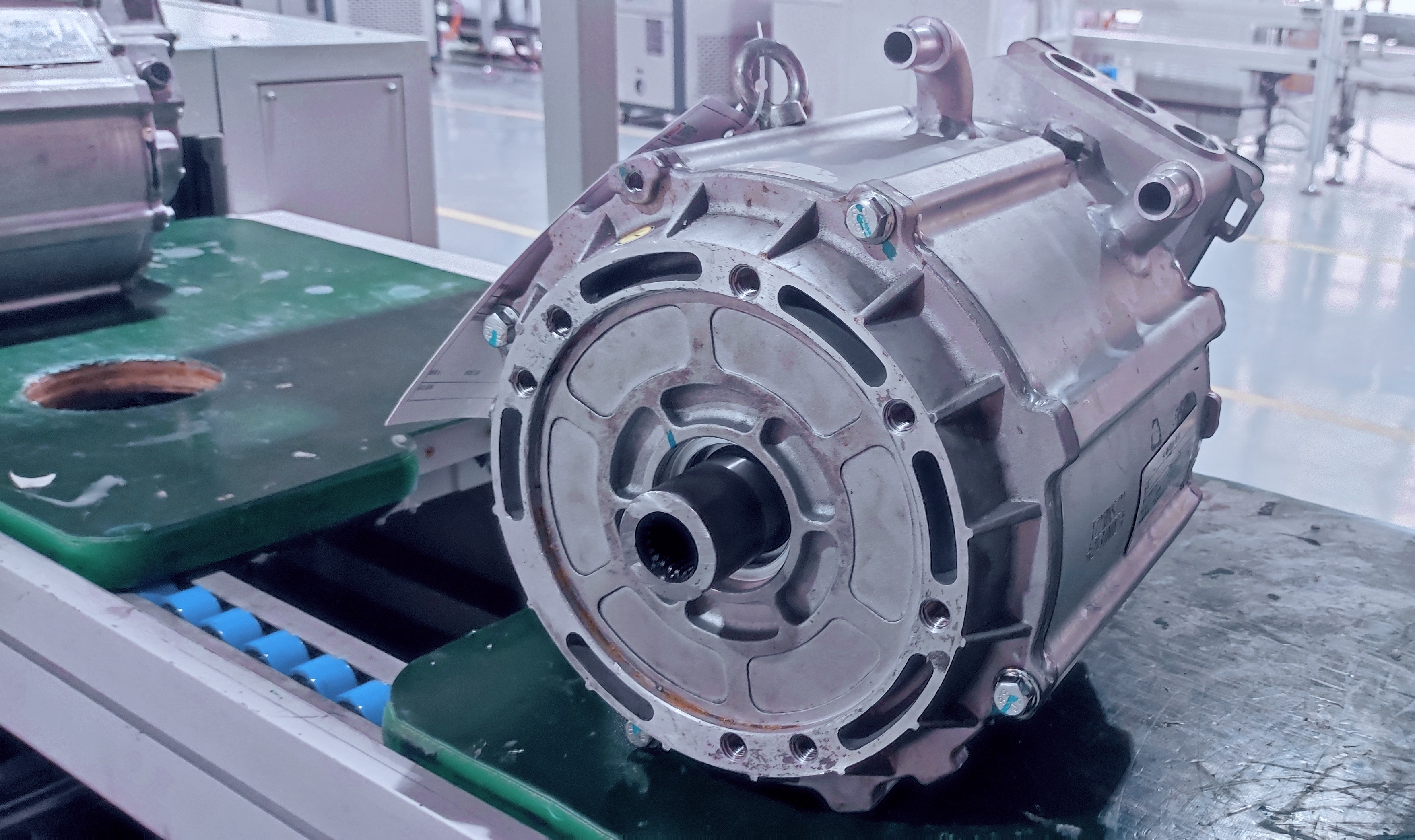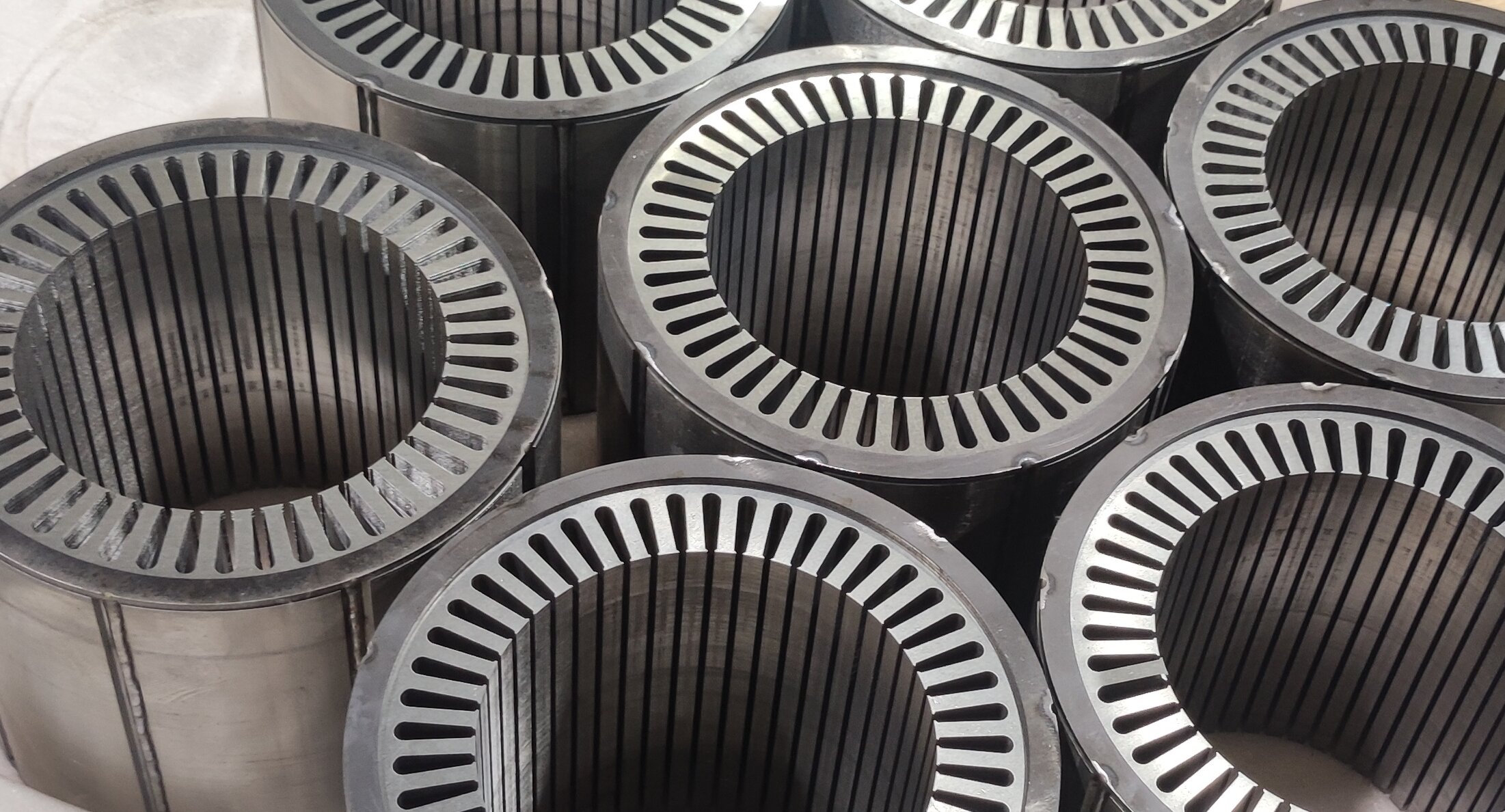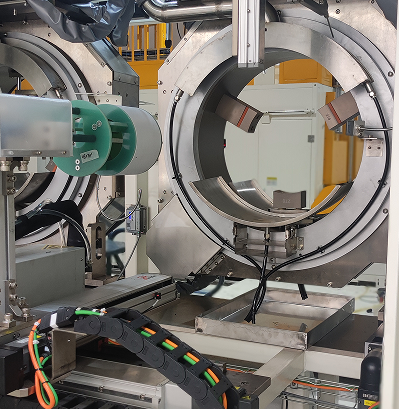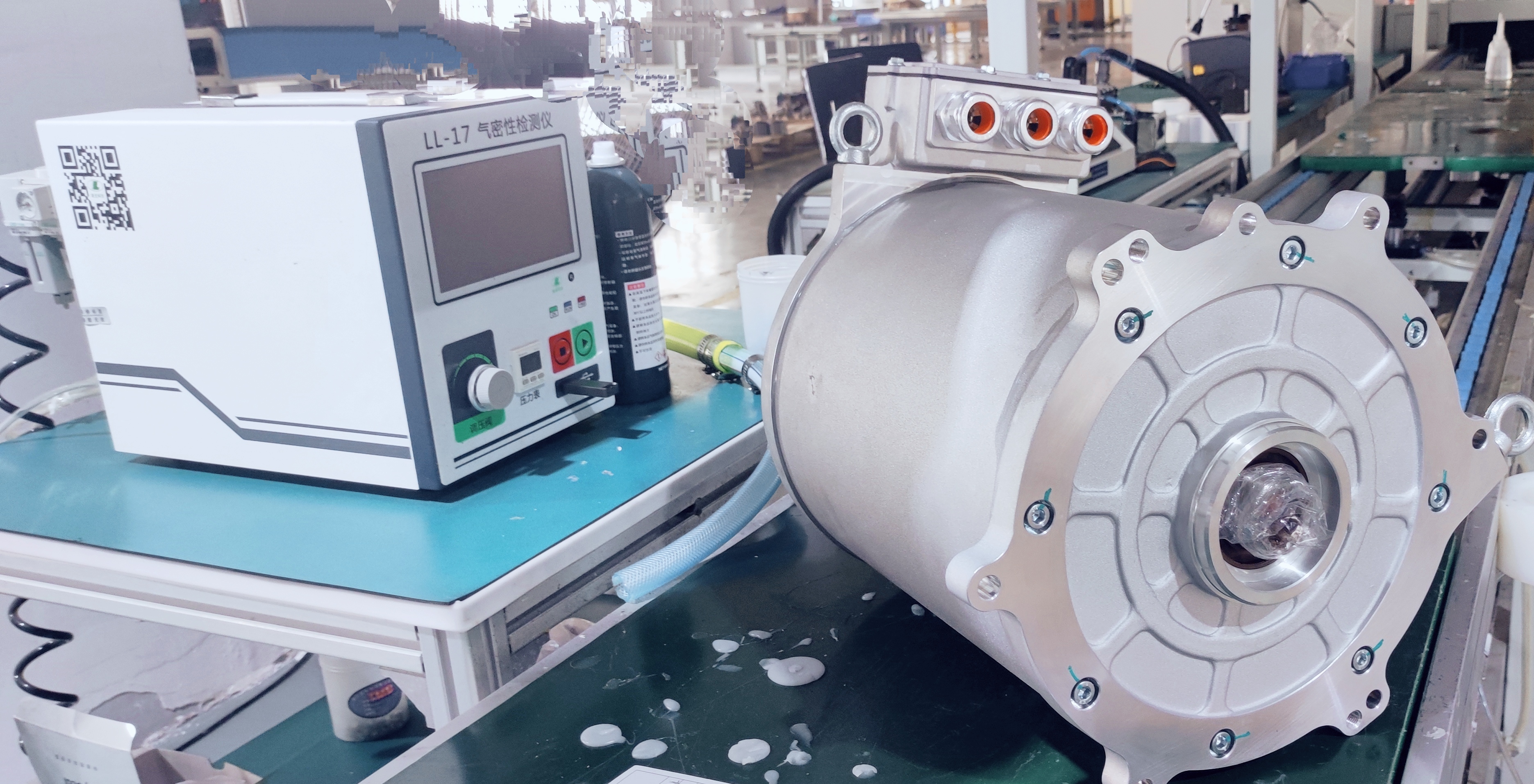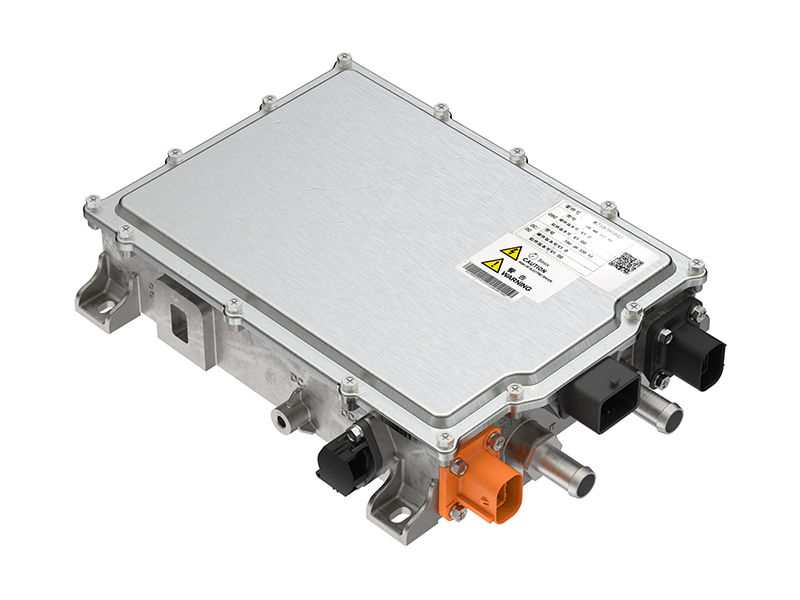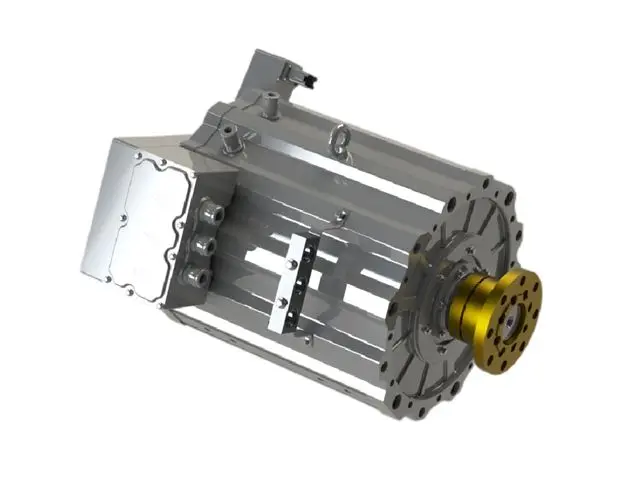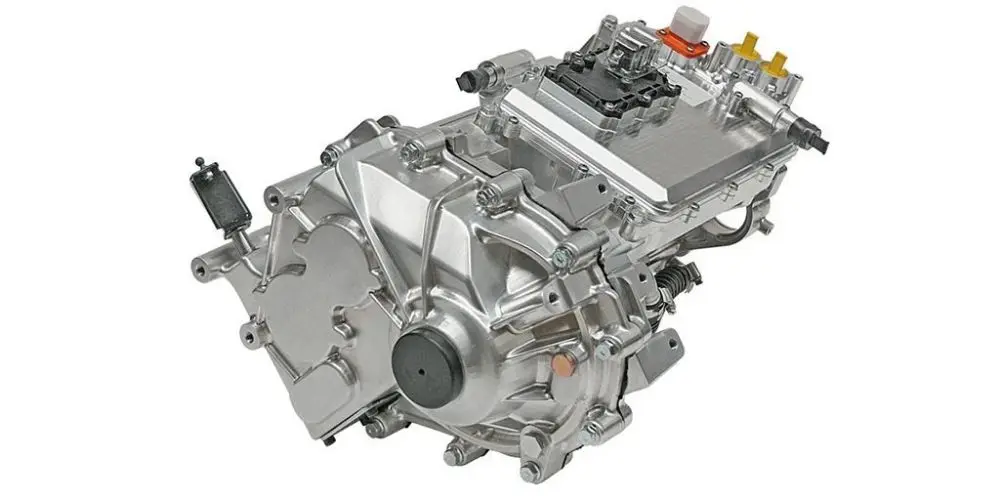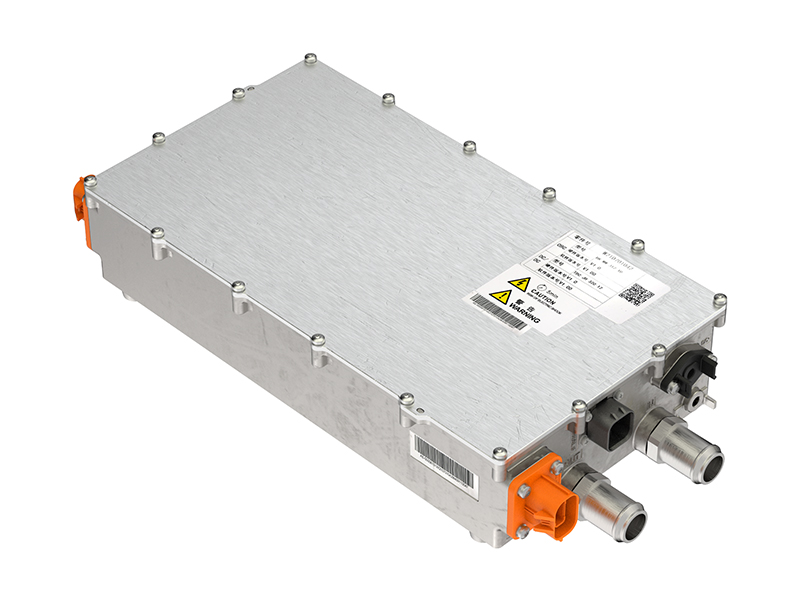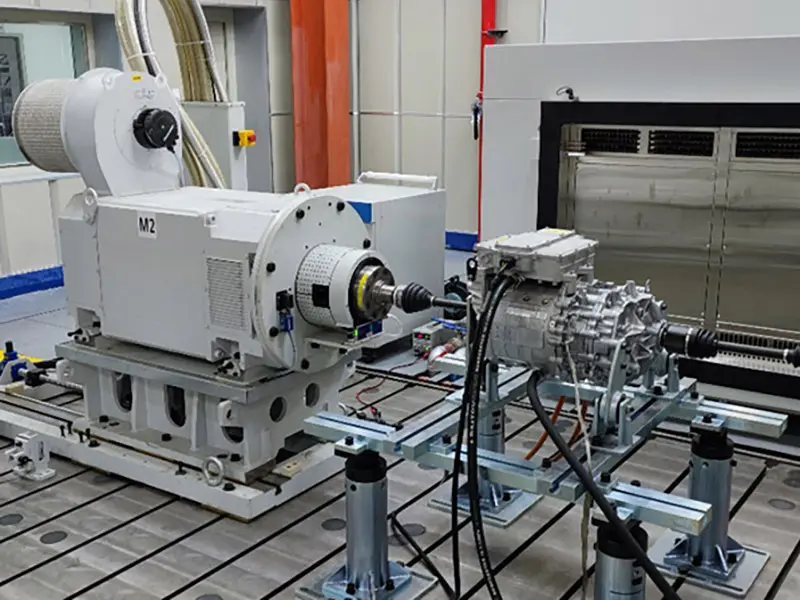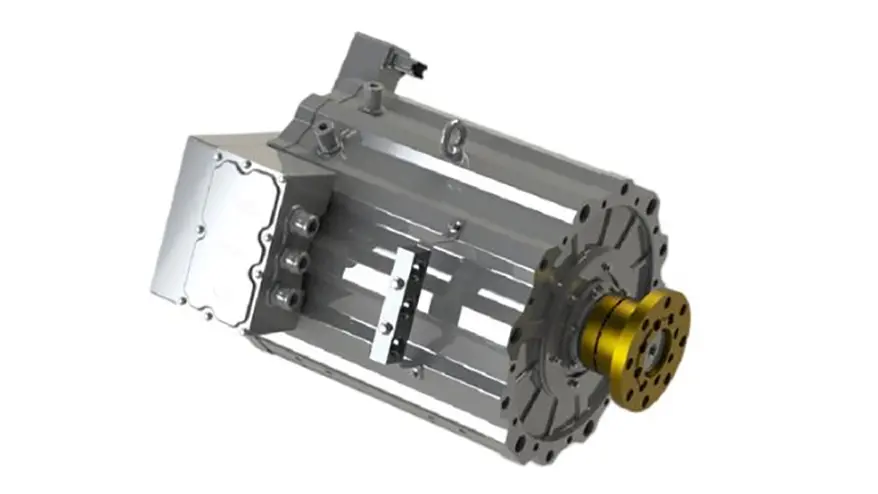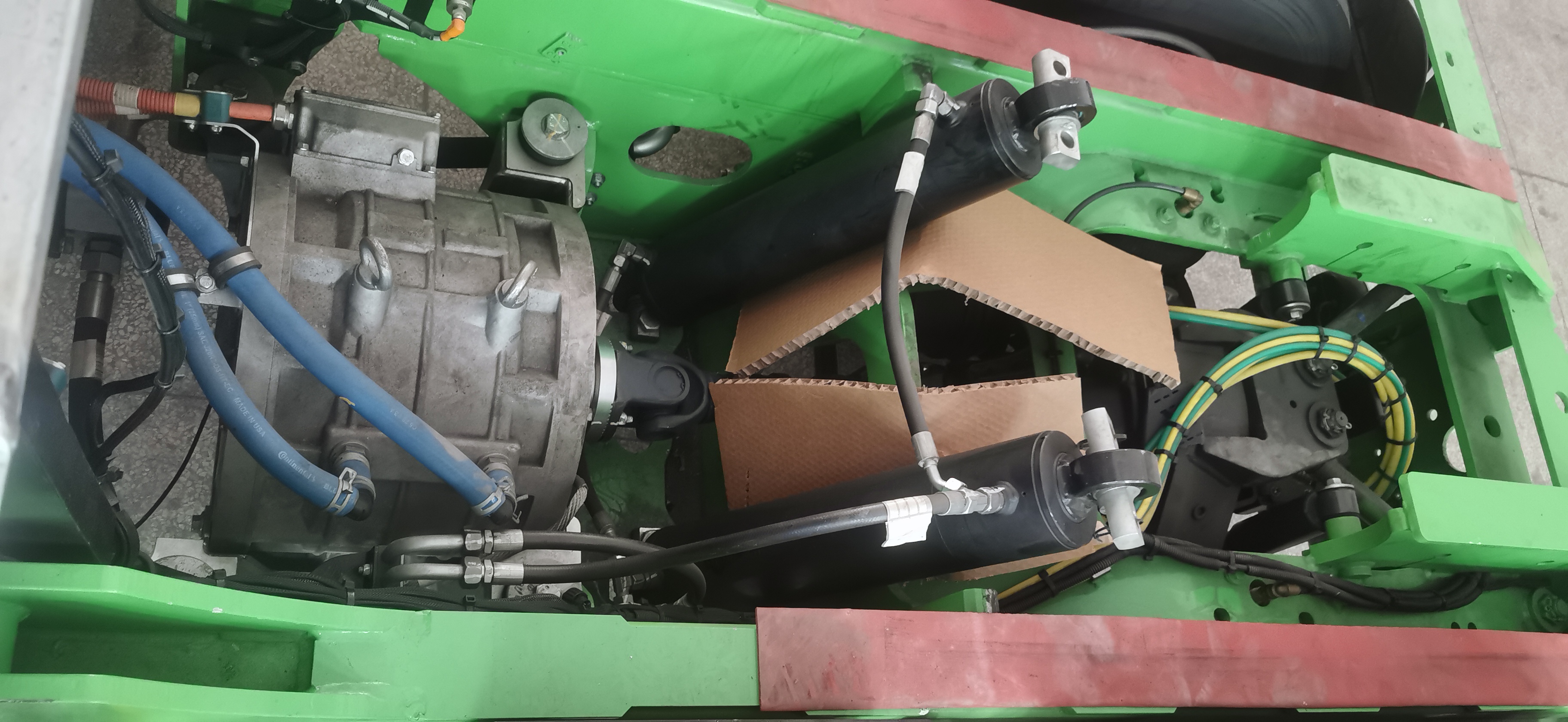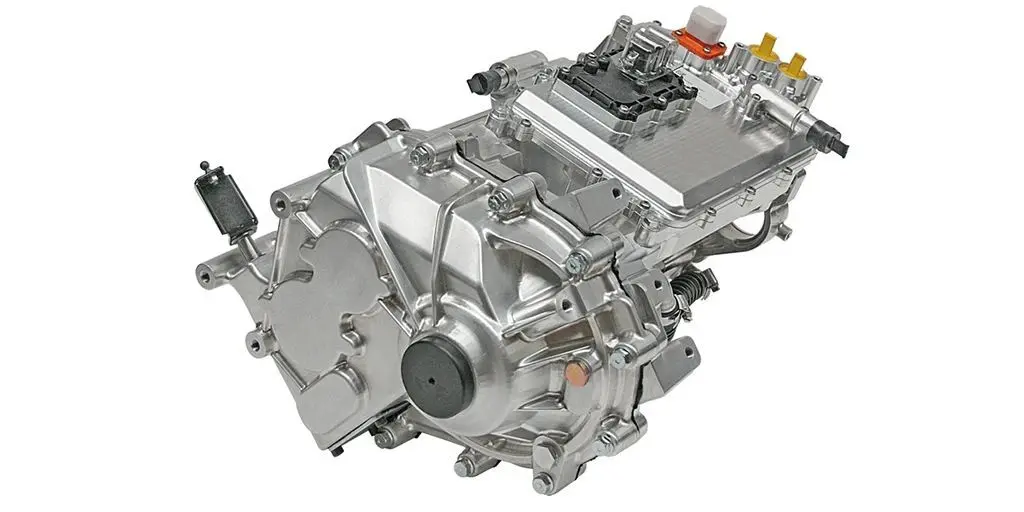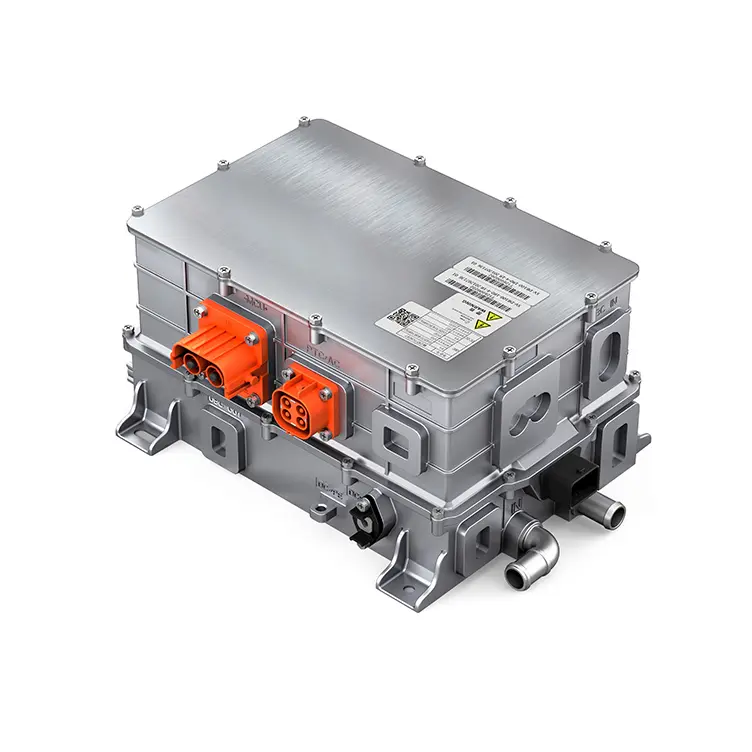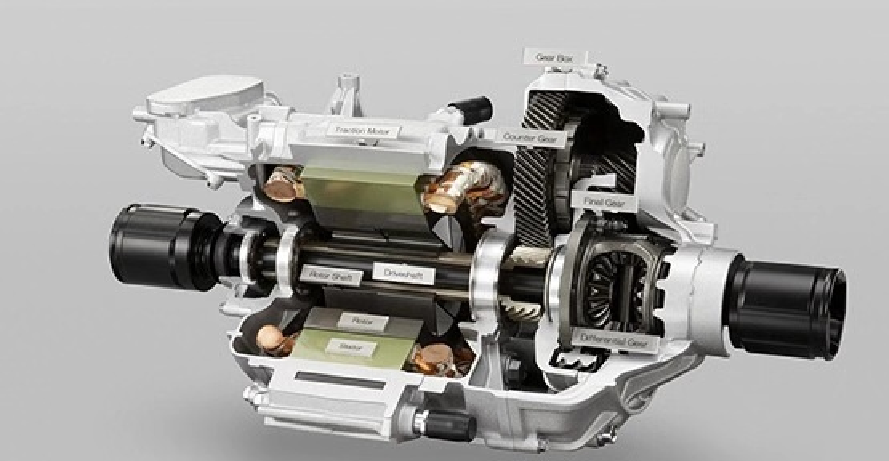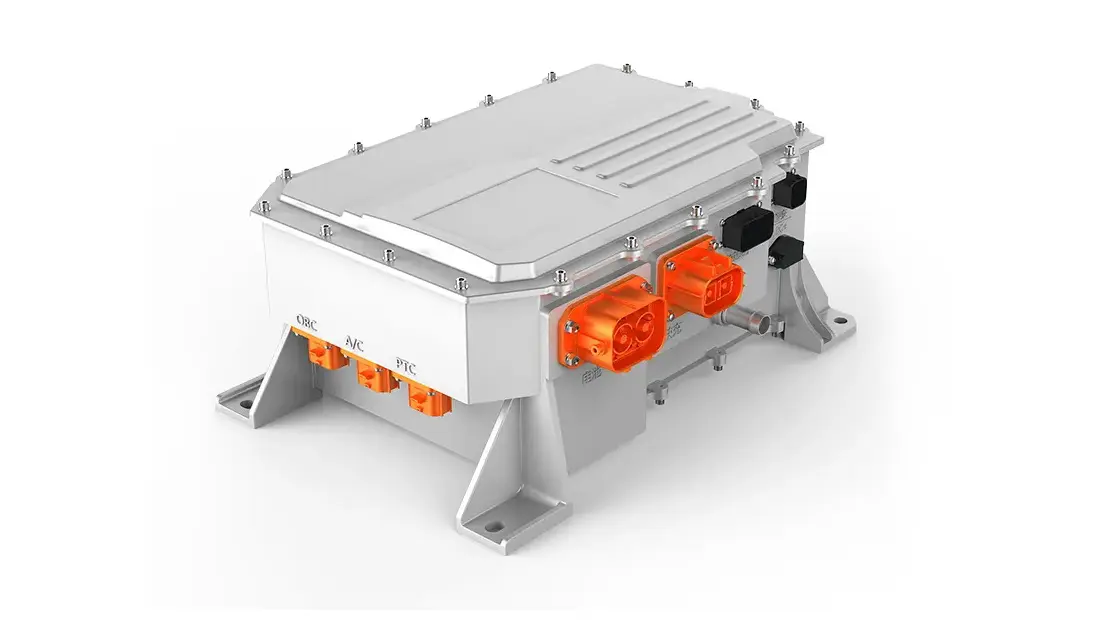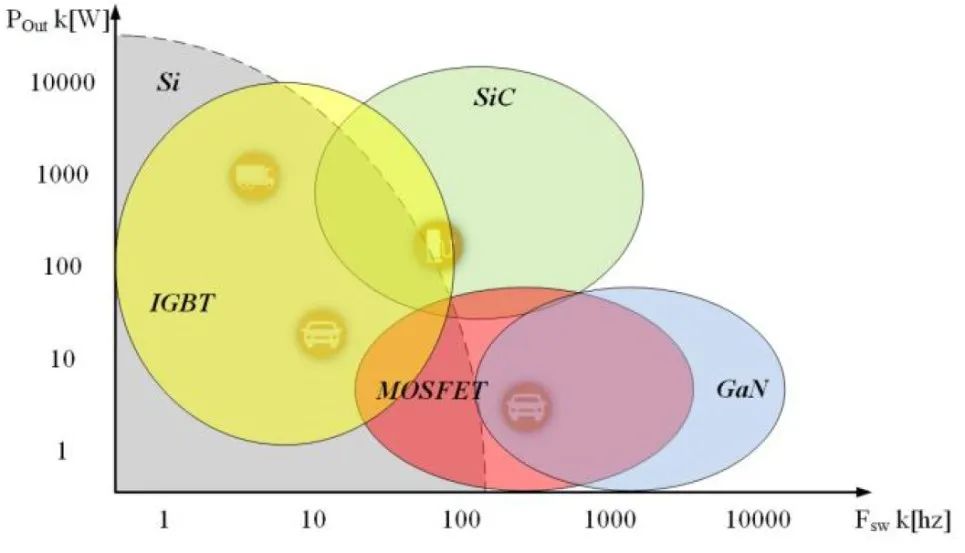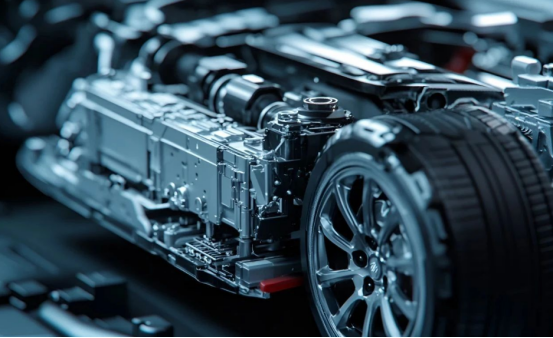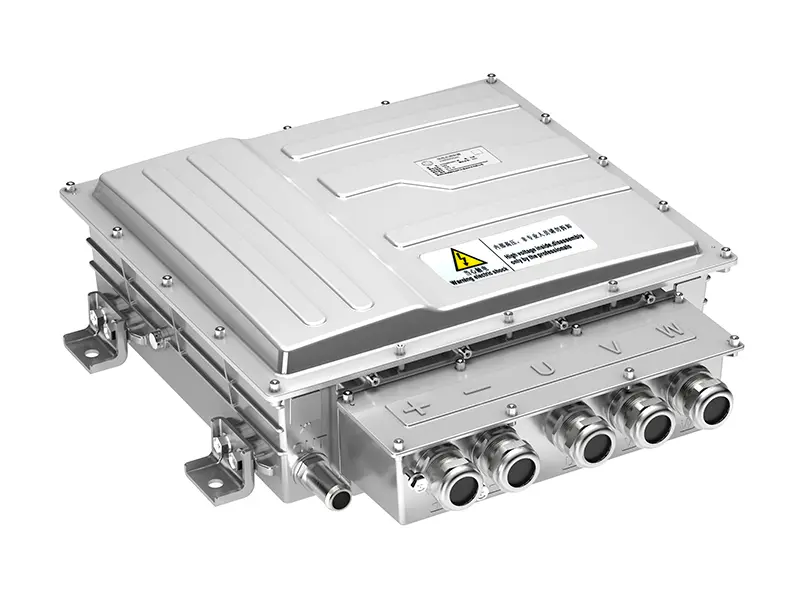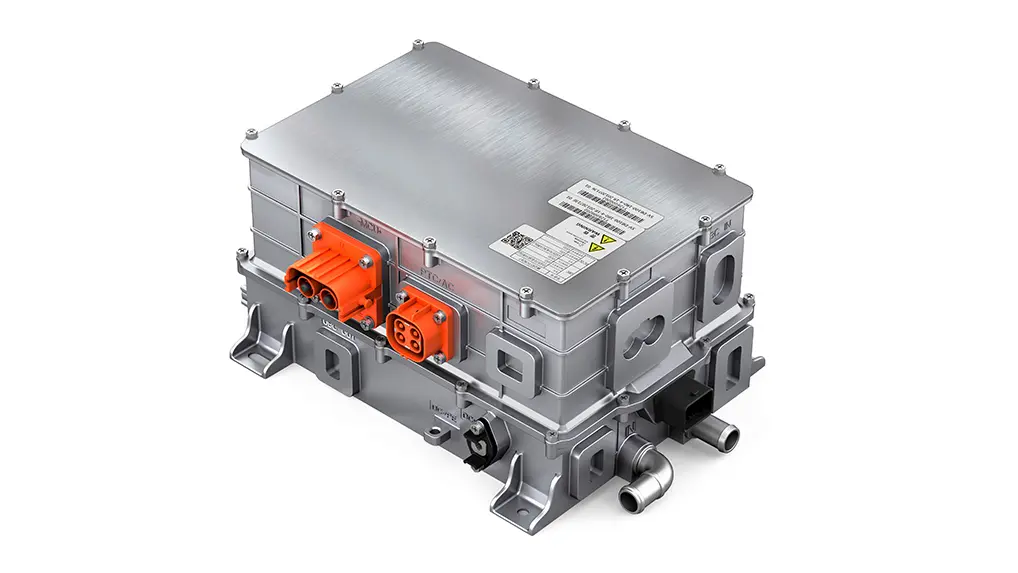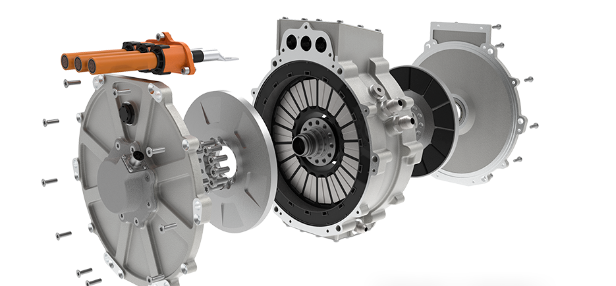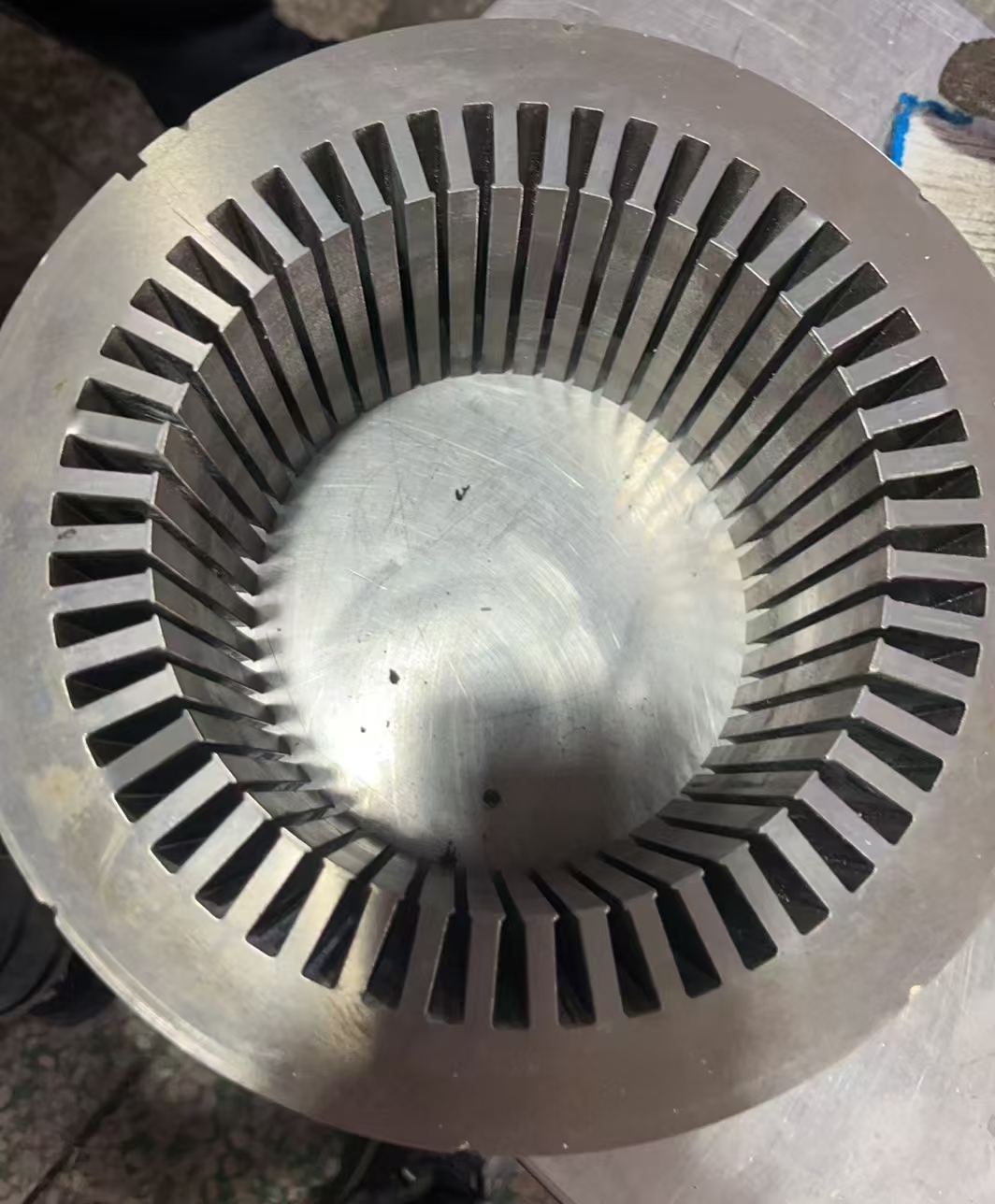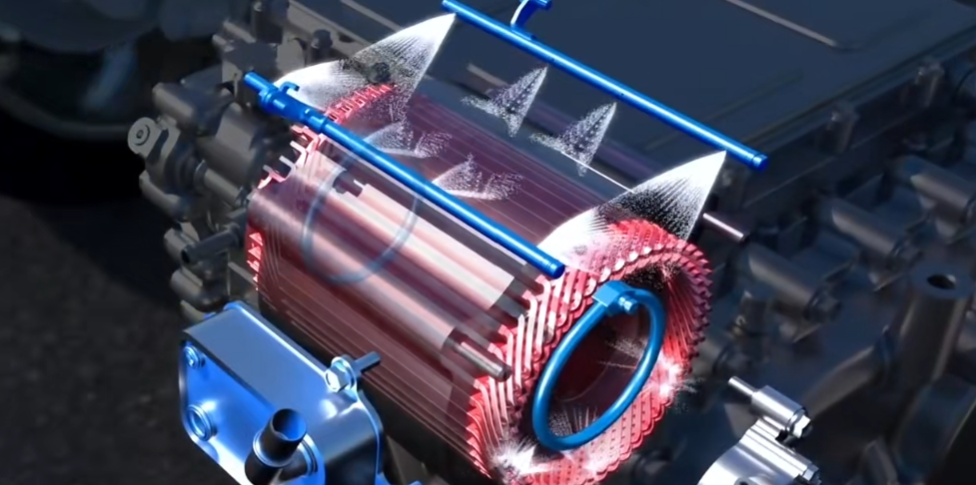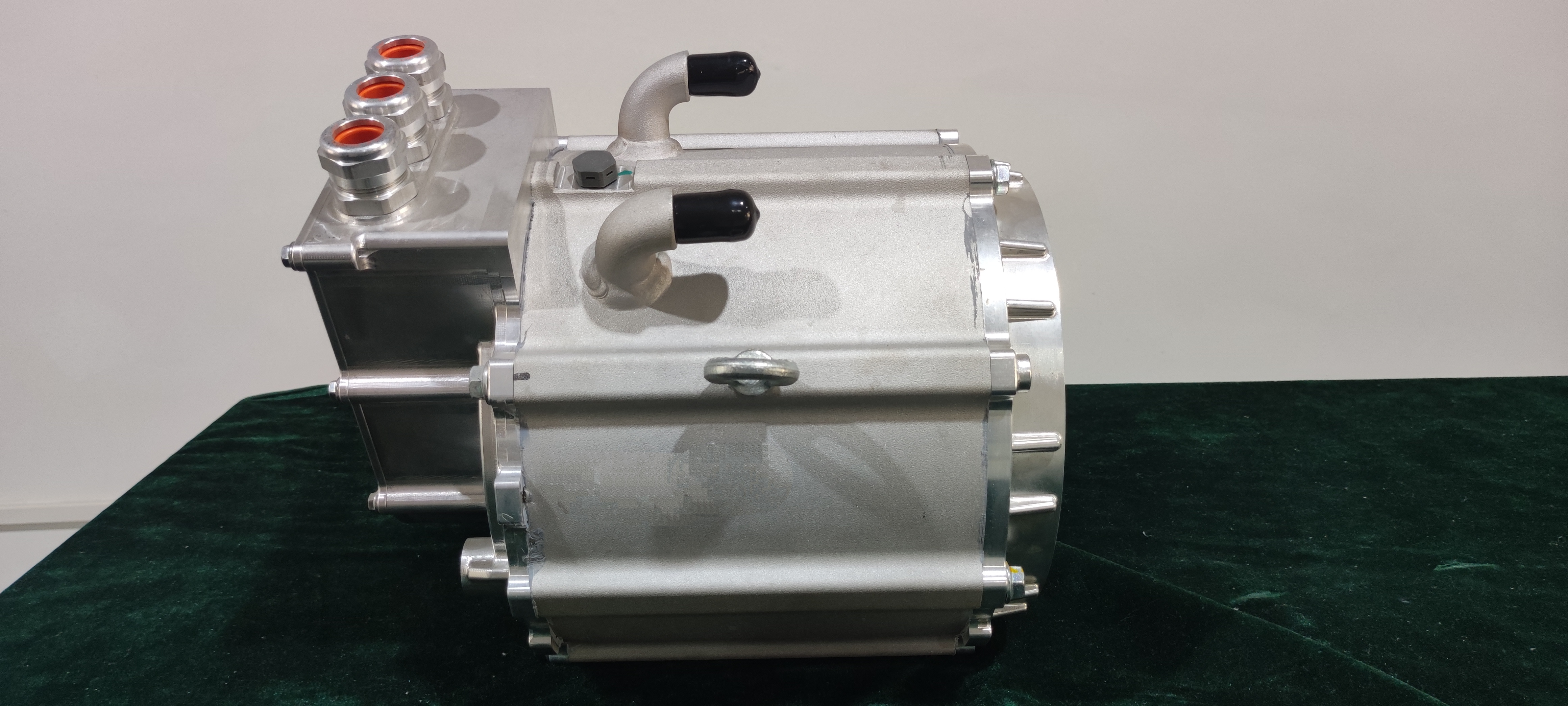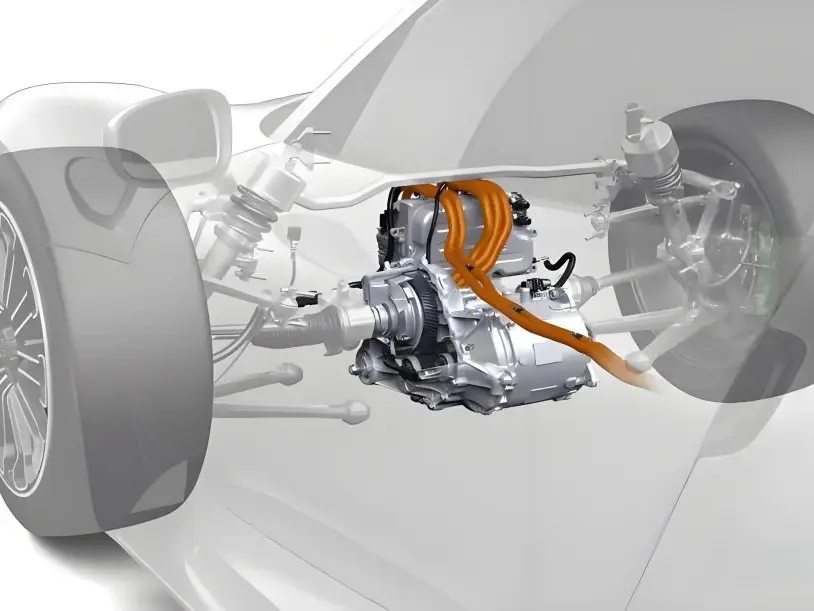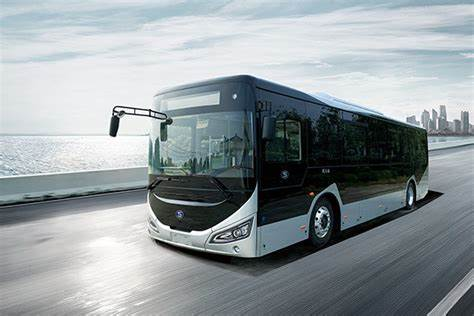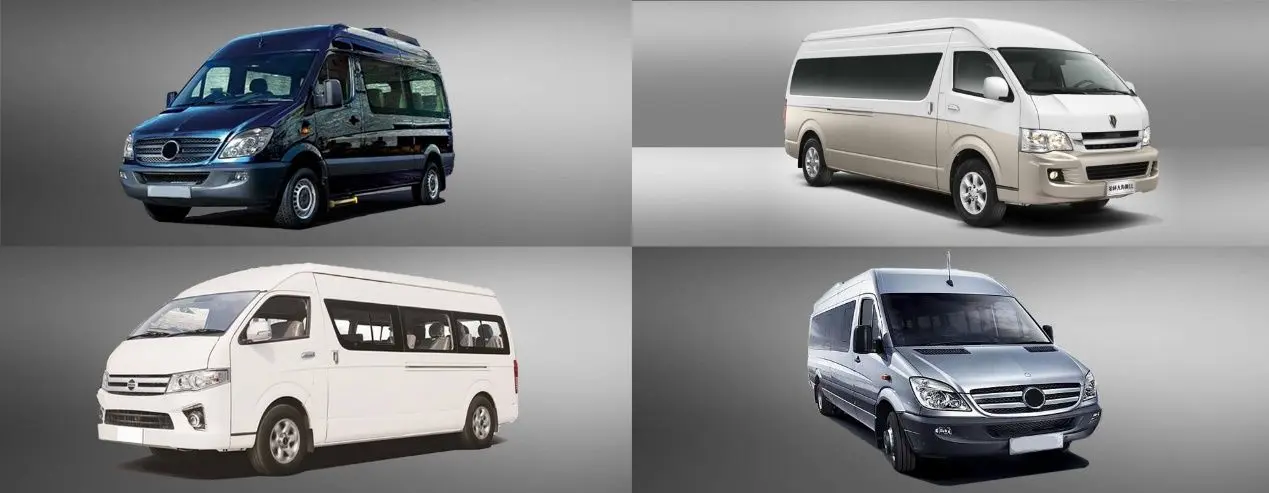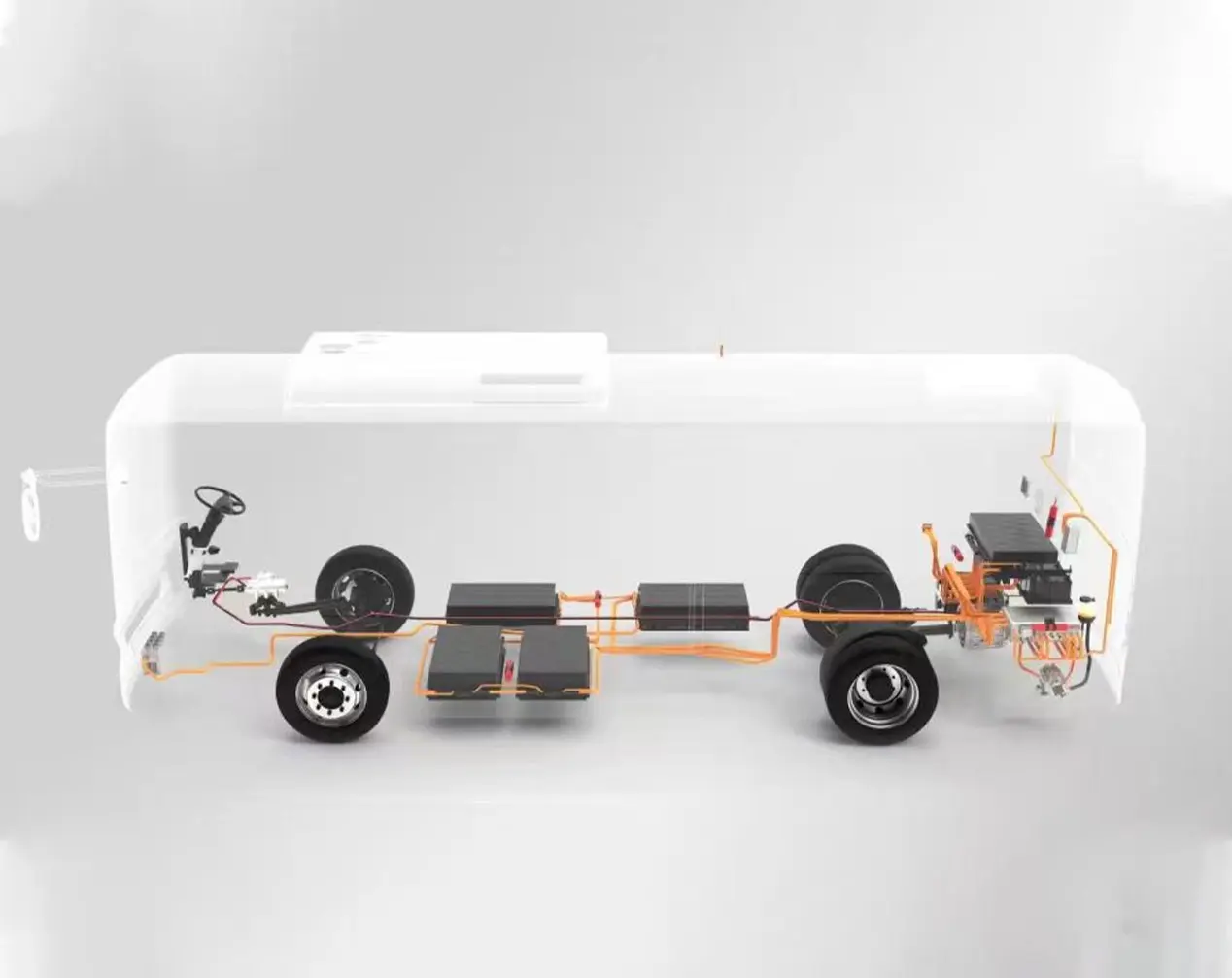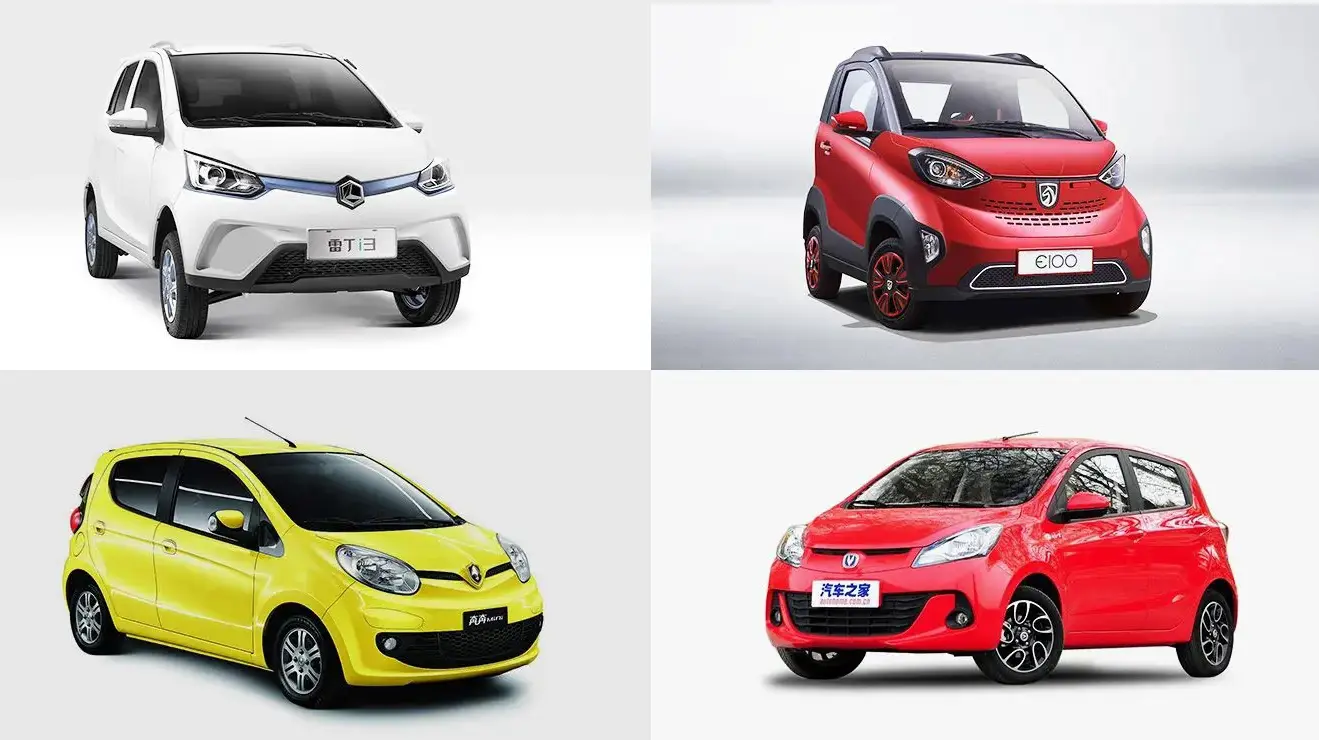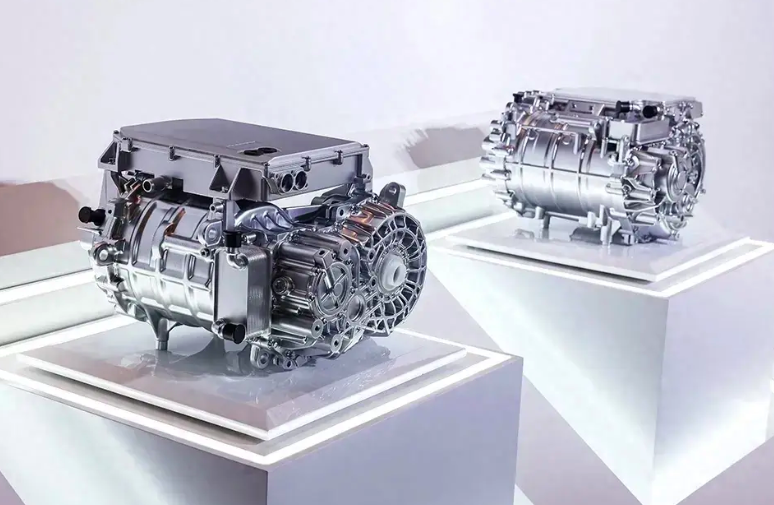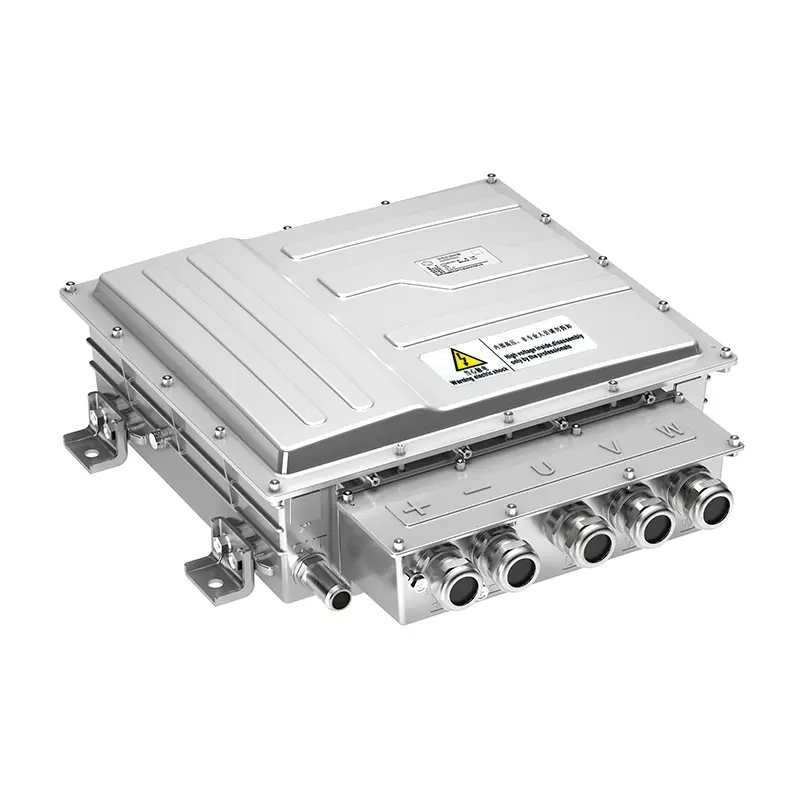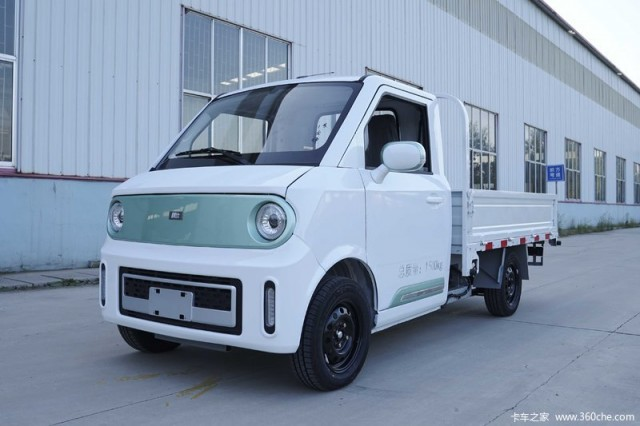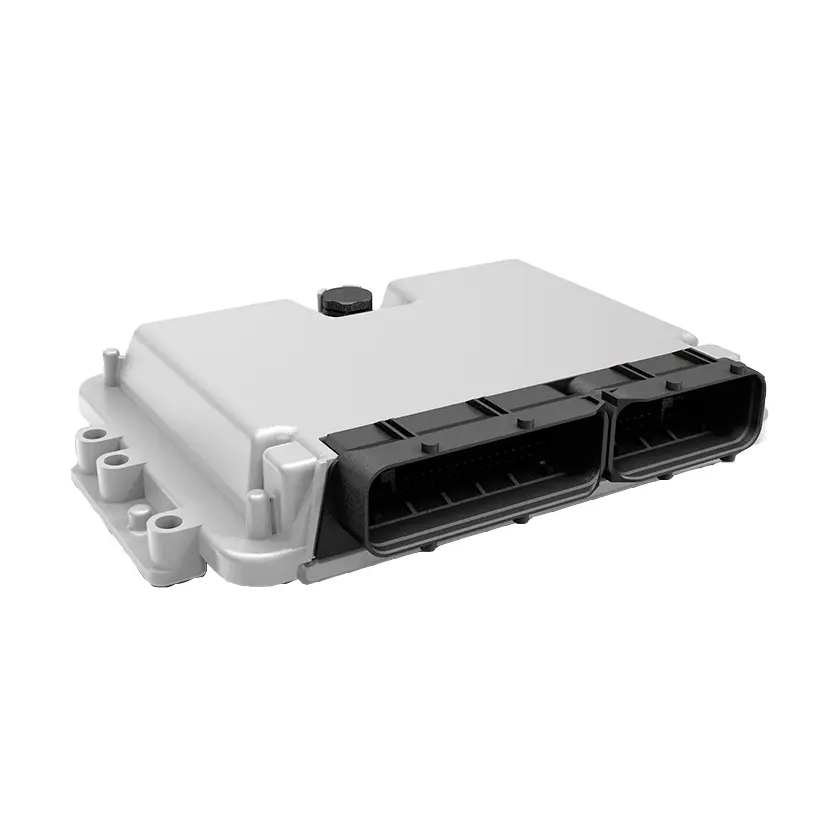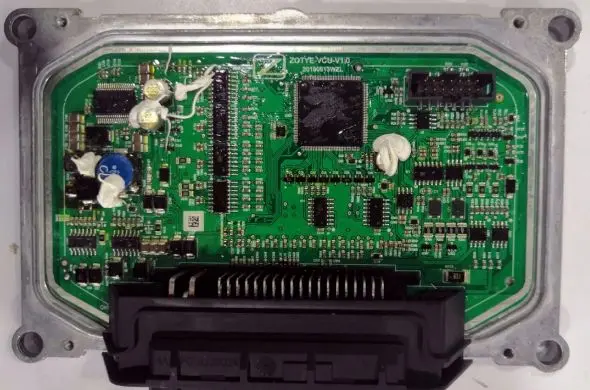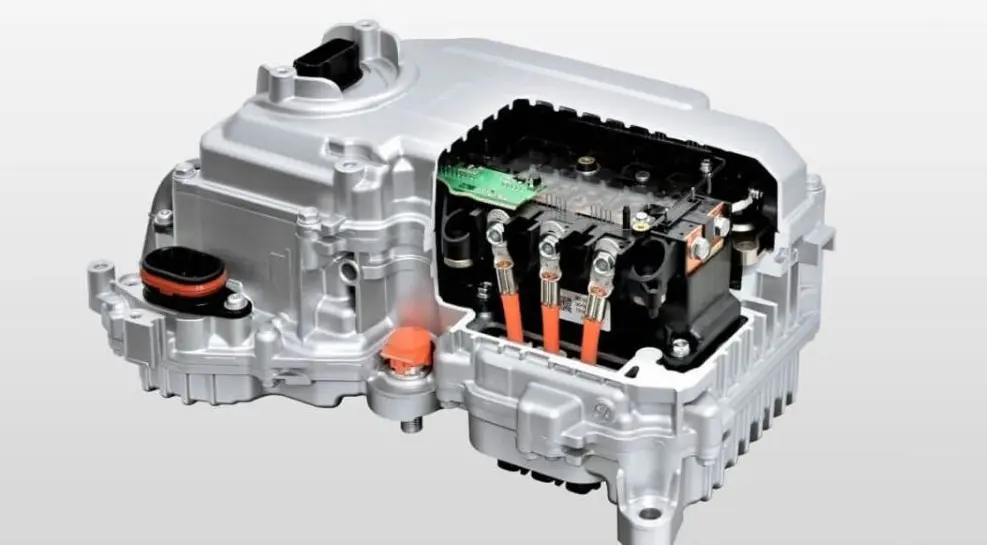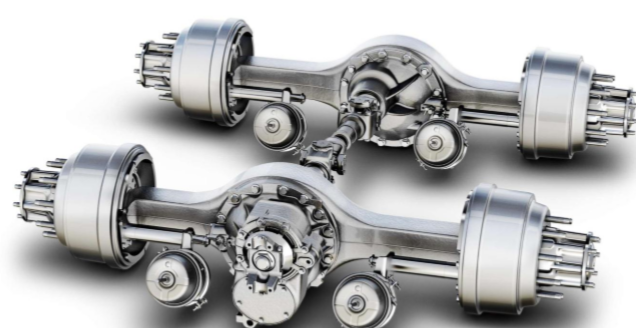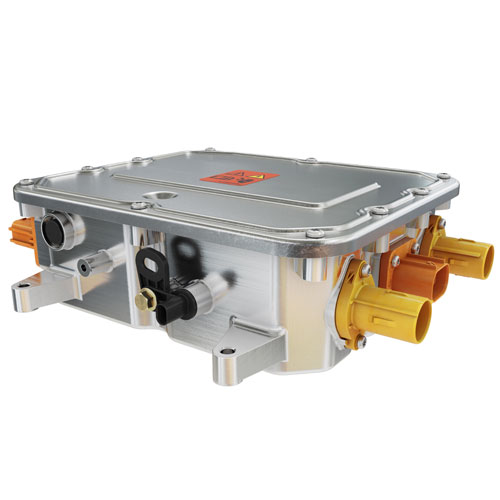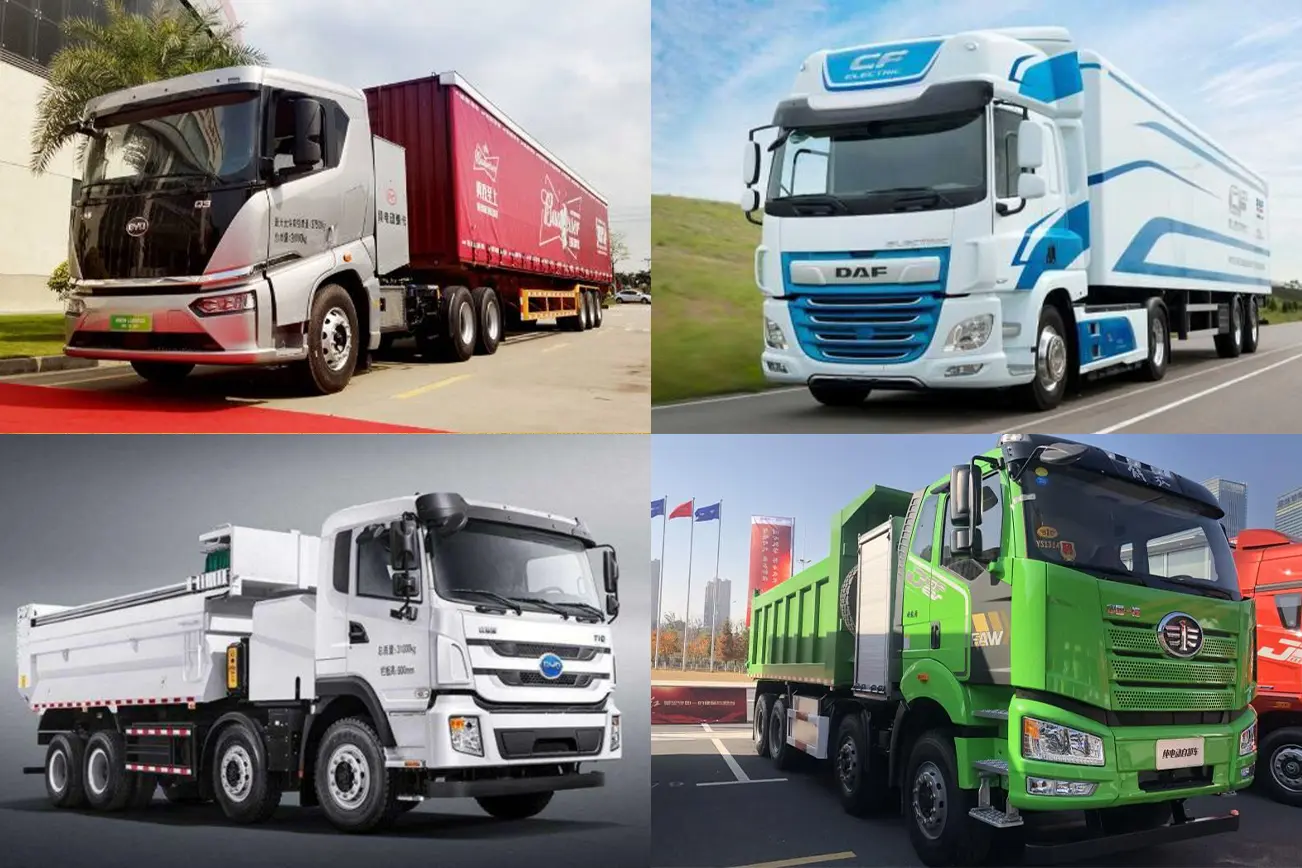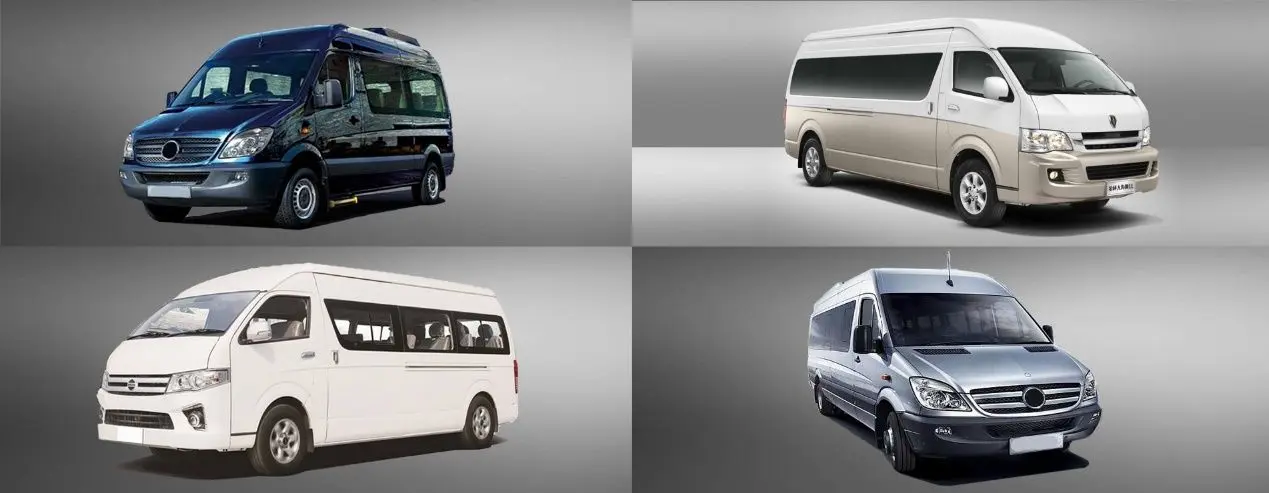Maximizing Performance by Choosing the Right Electric Car Motor
Electric vehicles (EVs) are no longer a futuristic dream; they are now an essential part of the global automotive landscape. Whether you are purchasing your first EV or upgrading to a more advanced model, one factor plays a critical role in shaping your driving experience: the motor. The electric car motor is the beating heart of the vehicle, converting stored electrical energy into motion. Choosing the right motor is not as simple as picking the most powerful or the most efficient; instead, it requires a thoughtful balance of performance, efficiency, cost, brand reliability, and the specific driving needs of the owner.
This article takes you through the essential aspects of selecting an electric car motor, including the different types of motors, the performance metrics that matter, how size and power influence driving, why efficiency is crucial, and what the future holds. By the end, you’ll have a clear understanding of how to match the right motor to your lifestyle and expectations.
Getting to Know Your Electric Car Motor
At its core, an electric car motor transforms electrical energy from the battery into mechanical energy that turns the wheels. Unlike traditional internal combustion engines, which burn fuel and involve complex systems of pistons, valves, and exhausts, electric motors rely on electromagnetic principles. The result is a system that is typically simpler, quieter, and more responsive.
Electric motors are prized for their instant torque. The moment you press the accelerator, power is delivered directly to the wheels, offering sharp acceleration and smooth operation. This responsiveness is one of the defining features of EVs and is made possible by the motor design. While all electric motors serve the same fundamental purpose, their efficiency, cost, and driving dynamics can vary dramatically depending on the type.
Different Types of Electric Car Motors
When evaluating electric car motors, the first distinction to understand is the difference between direct current (DC) and alternating current (AC) motors. Both have been used in electric vehicles, but AC motors are now more common because of their efficiency and ability to support regenerative braking.
DC motors are the older technology, often praised for their simplicity and ease of control. Brushed DC motors, for example, provide high torque and are relatively inexpensive. However, they are bulky, less efficient, and require frequent maintenance due to brush wear. Brushless DC motors (BLDC), on the other hand, replace mechanical brushes with electronic controllers. This change improves efficiency, reduces maintenance, and allows for more compact designs.
AC motors dominate the modern EV market because they combine efficiency with durability. Within this category, two designs stand out: induction motors (IMs) and permanent magnet synchronous motors (PMSMs).
Induction Motors (IM): Known for robustness and lower cost, induction motors don’t rely on permanent magnets, which makes them less expensive and less dependent on rare earth materials. They perform reliably across a wide range of conditions, which is why Tesla initially relied heavily on them. However, they may sacrifice a bit of efficiency compared to PMSMs.
Permanent Magnet Synchronous Motors (PMSM): These motors use permanent magnets in the rotor, offering higher efficiency and power density. Their design allows for smooth operation and excellent performance at both low and high speeds. The downside is cost; the use of rare earth magnets makes them more expensive and sometimes raises concerns about supply chain sustainability.
Other Motor Designs
There are additional motor types worth noting. The switched reluctance motor (SRM) is compact and cost-effective, with a simple rotor design that makes it durable. However, it often suffers from noise and vibration, which limits its widespread use. Manufacturers are still experimenting with this design for potential large-scale application.

Key Performance Metrics
When choosing a motor, certain numbers matter more than others. These metrics help determine how well the motor matches your driving expectations.
Power (kW or hp): Power determines the car’s ability to accelerate and reach top speeds. Higher power generally equals stronger performance, but it also comes at the cost of energy consumption. For city commuters, a lower-powered motor is usually sufficient, whereas high-performance EVs require far more.
Torque (Nm): Torque is all about force. It influences how easily the car can start moving from a stop or climb a hill. EVs are renowned for high torque delivery even at low speeds, which gives them excellent drivability in urban conditions.
Efficiency (%): Efficiency measures how effectively the motor converts electricity into motion. A more efficient motor will extend your vehicle’s driving range, which is a top priority for long-distance drivers.
Durability and Cooling: High-performance motors generate heat, so a motor’s ability to stay cool under stress is crucial for long-term reliability.
To better understand the trade-offs between motor types, consider the following comparison:
This table demonstrates why PMSMs and IMs dominate the EV market. They strike a balance between performance and cost, while also being adaptable to different vehicle needs.
|
MotorType |
Efficiency |
Cost |
Maintenance |
TorqueCharacteristics |
CommonUse |
|
Brushed DC |
Low |
Low |
High |
Strong at low speed |
Rare in modern EVs |
|
BLDC |
High |
Medium |
Low |
Smooth, responsive |
Smaller EVs, hybrids |
|
Induction (IM) |
Medium-High |
Medium |
Low |
Robust, wide range |
Tesla Model S (early) |
|
PMSM |
Very High |
High |
Low |
Excellent at all speeds |
Most modern EVs |
|
SRM |
Medium |
Low |
Very Low |
High torque, noisy |
Niche applications |
How Motor Size and Power Shape Driving Experience
Size and power go hand-in-hand with the type of car being built. A small city commuter car doesn’t need a massive motor, while a performance SUV or sports car demands far more.
For example, an urban compact might perform perfectly with a 70 kW motor, offering nimble handling and enough acceleration for city traffic. By contrast, a high-performance sedan like a Tesla Model S Plaid uses multiple motors delivering over 750 kW combined. This difference illustrates how closely motor choice ties into the purpose of the vehicle.
Choosing too large a motor can actually backfire for average drivers. Oversized motors add cost, consume more energy, and can shorten battery life. The ideal approach is to balance motor output with real-world driving needs. If most of your driving involves short commutes and occasional highway trips, efficiency should be prioritized over raw power.
Why Efficiency Matters
Efficiency is often overlooked in favor of horsepower and torque, but it plays a critical role in determining the EV’s overall performance. A highly efficient motor requires less electricity to produce motion, which extends driving range and reduces strain on the battery.
Consider this: every 1% increase in motor efficiency can translate into meaningful gains in range. For long-distance drivers, the difference between a 90% efficient motor and a 95% efficient motor could mean dozens of extra miles per charge. Efficiency also reduces heat generation, which enhances reliability and decreases cooling system demands.
Efficiency becomes especially critical in regions where charging infrastructure is limited. A motor that wastes less energy can make EV ownership more practical and reassuring.
Matching Motor to Vehicle Type
Different vehicles call for different motor designs. A one-size-fits-all approach doesn’t work when it comes to EVs.
Compact Cars: Smaller EVs thrive on efficiency. A lightweight motor with moderate torque ensures affordability and excellent range, which are top priorities for urban buyers.
Family Sedans and SUVs: These vehicles need a balance between power and efficiency. Induction motors or PMSMs are often the preferred choices, delivering enough torque for carrying passengers and luggage while still keeping energy demands in check.
High-Performance Cars: Sports cars and luxury EVs demand maximum power and responsiveness. Dual-motor or even tri-motor setups are common, with PMSMs leading the pack for their superior power density.
Commercial Vehicles: Buses and trucks prioritize torque and reliability. Motors with robust cooling systems and long service lives are crucial in these applications.
By aligning the motor type with the vehicle’s intended use, manufacturers ensure that performance feels seamless and natural for the driver.

Common Mistakes When Choosing an Electric Car Motor
Many buyers make the mistake of equating bigger with better. A motor with higher power may look impressive on paper, but it often comes at the cost of efficiency and practicality. Others may overlook brand reputation, assuming all motors perform equally. In reality, trusted brands like Bosch or Siemens often provide superior quality, better warranties, and longer-lasting reliability.
Another mistake is failing to consider the driving environment. For example, drivers in mountainous areas need higher torque motors, while those in flat urban areas benefit more from efficiency. Choosing without this context often leads to dissatisfaction.
What the Future Holds for Electric Car Motors and EV Performance
As technology evolves, electric car motors are becoming smarter, smaller, and more efficient. Several trends are shaping the future:
Improved Materials: Research into alternative magnet materials may reduce reliance on rare earths, lowering costs and supply risks.
Integrated Designs: Motors will increasingly integrate with gearboxes and power electronics to create compact, lightweight drive units.
AI-Based Optimization: Smarter motor controllers will adapt in real time to maximize efficiency, depending on driving conditions.
Wide Adoption of SRM: With improvements in vibration and noise control, switched reluctance motors could become a mainstream choice for affordable EVs.
Automakers are already experimenting with multi-motor configurations to improve traction, efficiency, and performance. This approach allows vehicles to adapt their power output dynamically, using one motor for cruising and multiple motors for high-performance driving.
Conclusion
Choosing the right electric car motor is about more than raw numbers. It involves understanding how motor type, power, torque, and efficiency align with your driving habits and expectations. By carefully considering these factors—and by learning from the strategies of automakers like Tesla, Nissan, and GM—you can find a motor that not only meets your needs but enhances your EV experience.
The right motor will give you confidence, efficiency, and performance every time you get behind the wheel. As EV technology continues to advance, the importance of thoughtful motor selection will only grow, shaping the cars of tomorrow and the journeys they enable.









